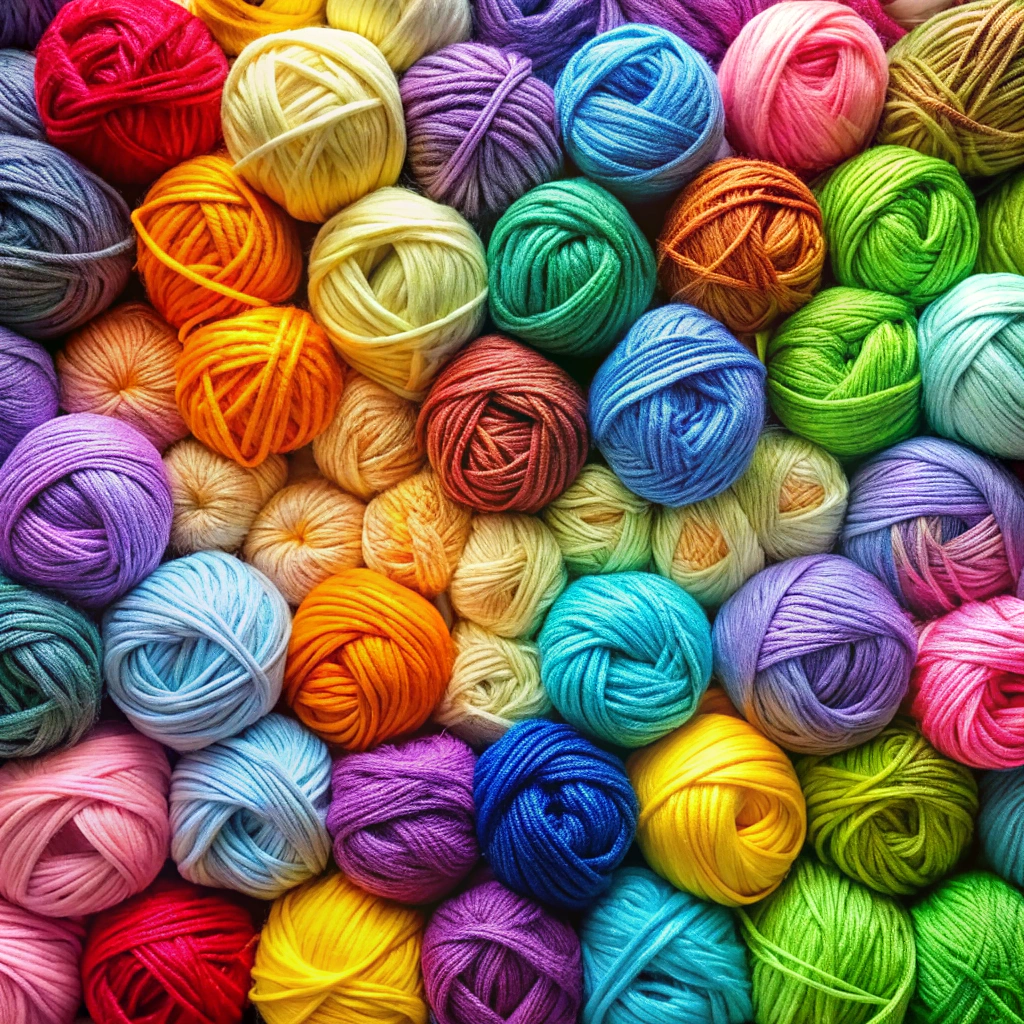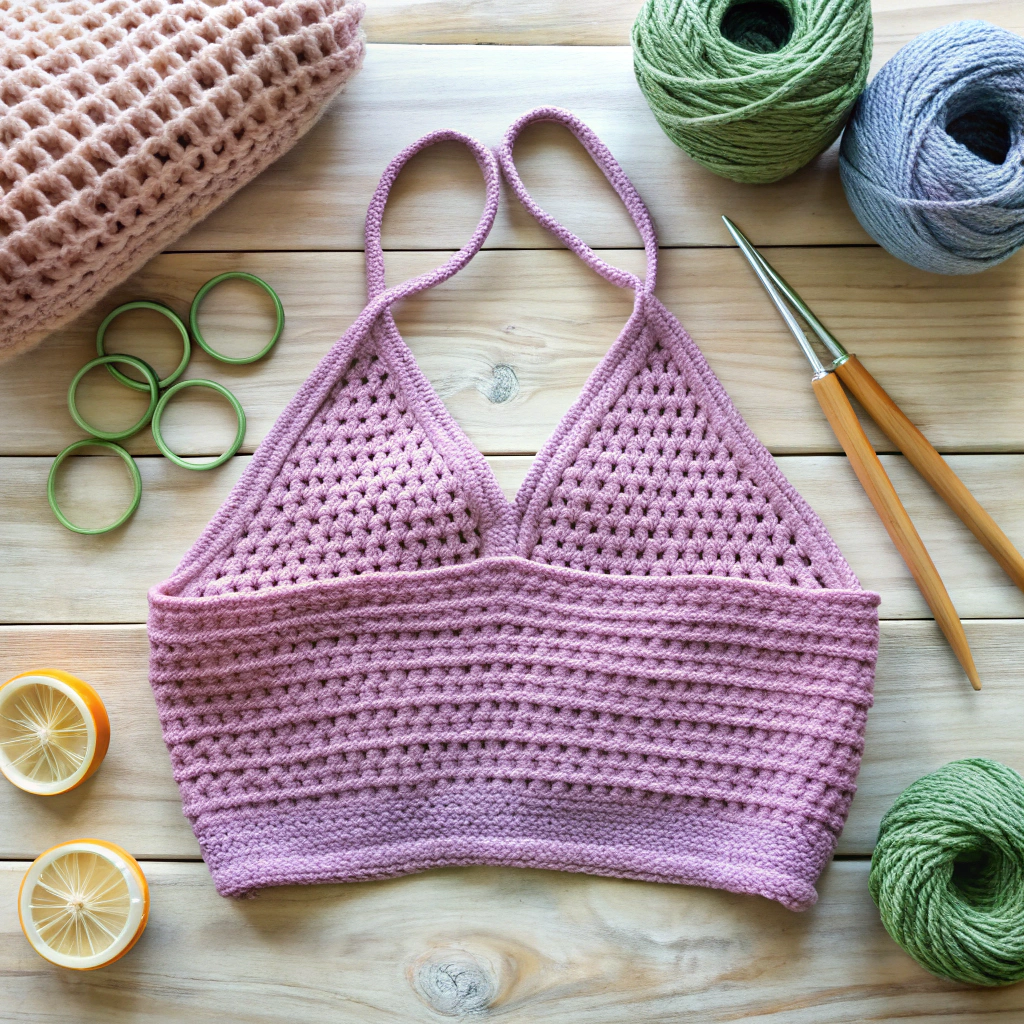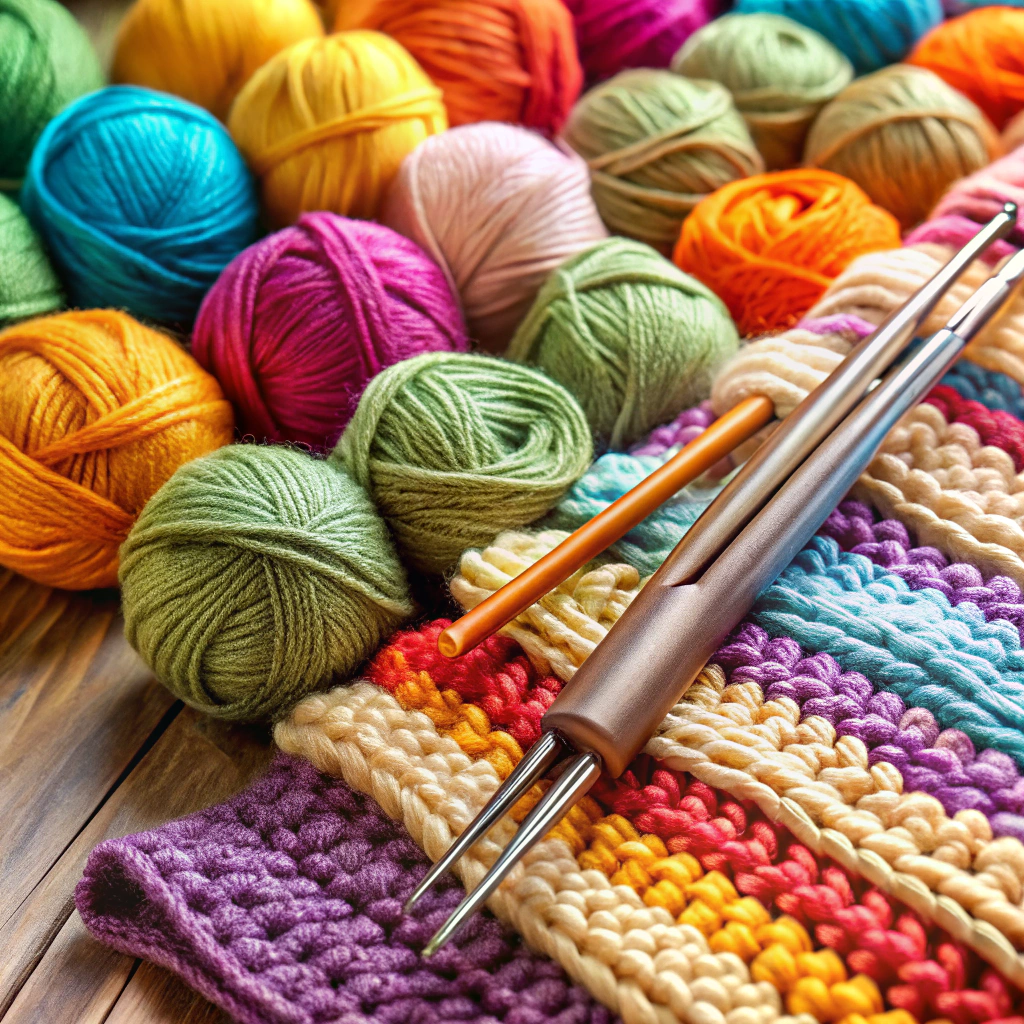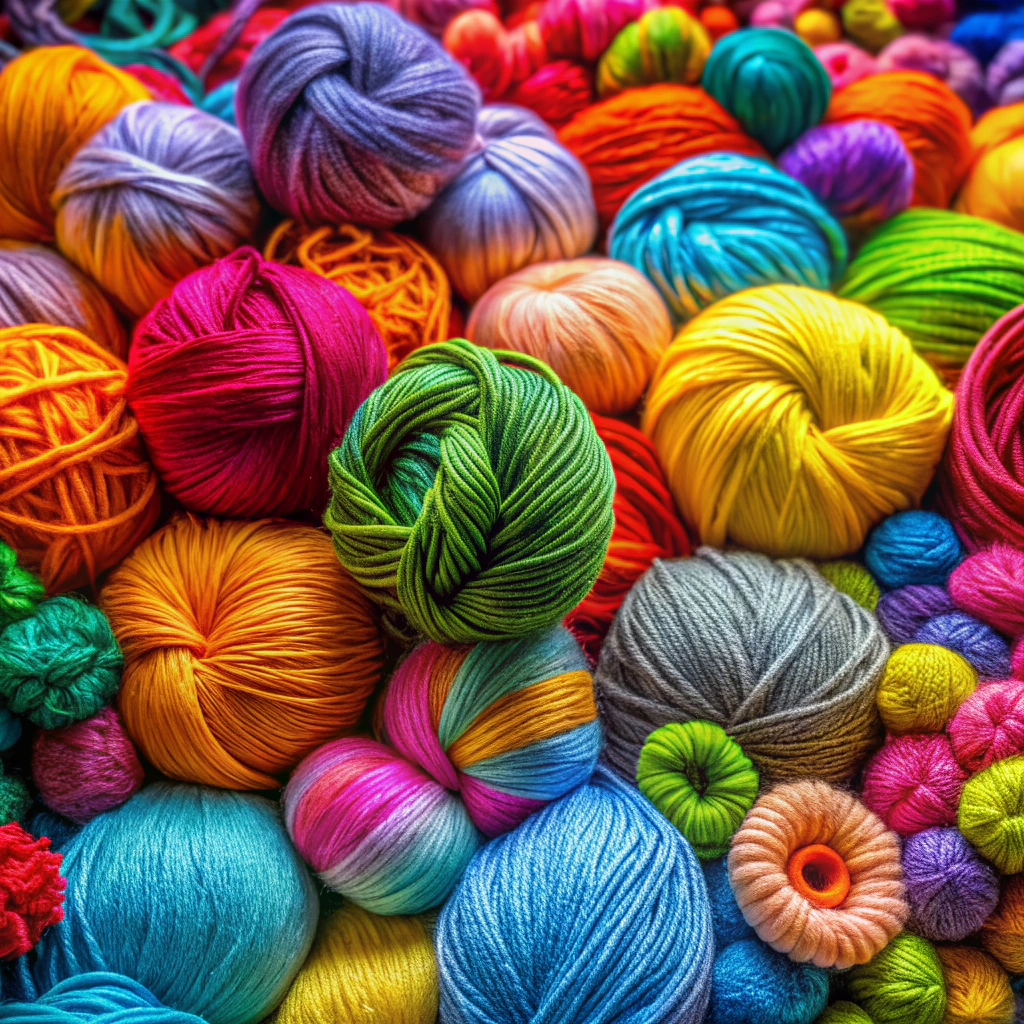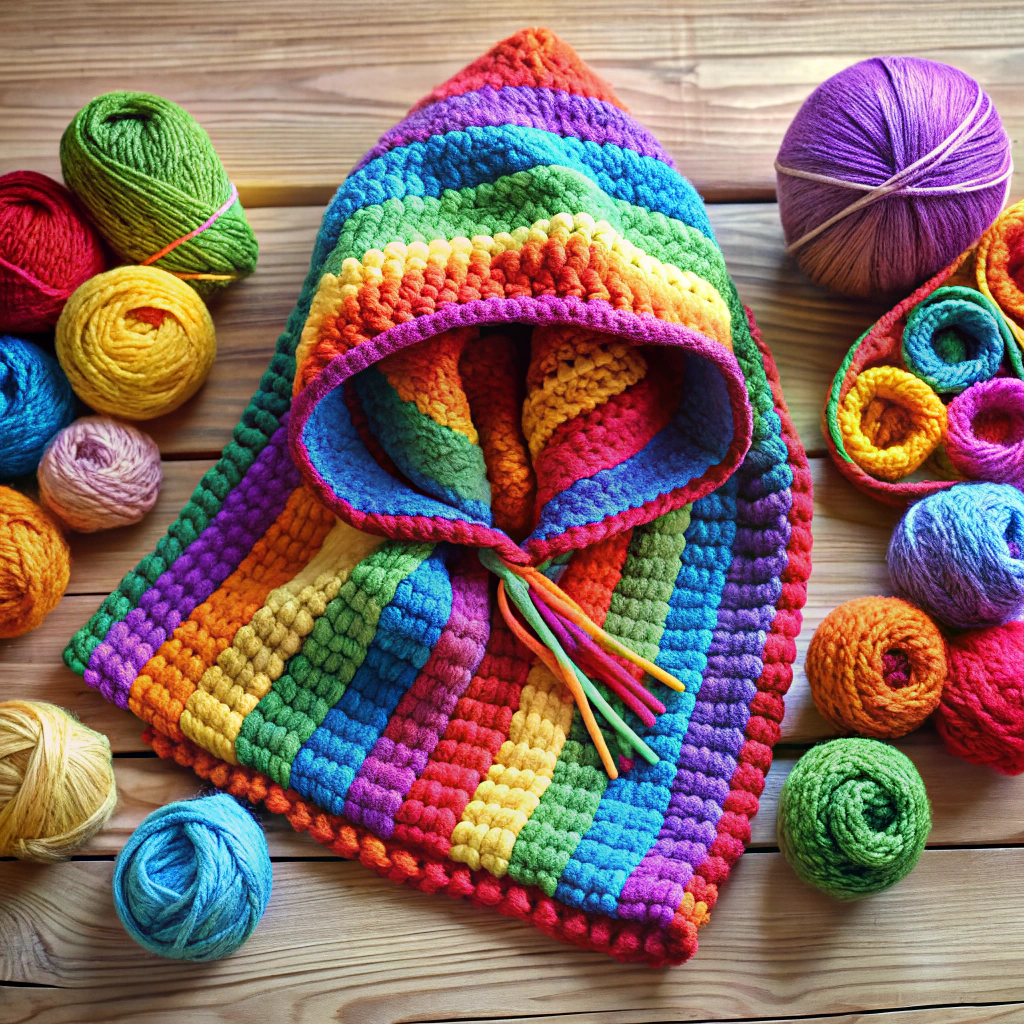Learn how to turn in crochet to keep your stitches neat and your projects looking fab!
Key takeaways:
- Use a turning chain for smooth transitions between rows.
- Count stitches to avoid adding or losing stitches.
- Start each row in the stitch after the turning chain.
- Adjust the length of the turning chain based on stitch height.
- Hold your work firmly when turning, like flipping a pancake.
Turning At the End of a Row
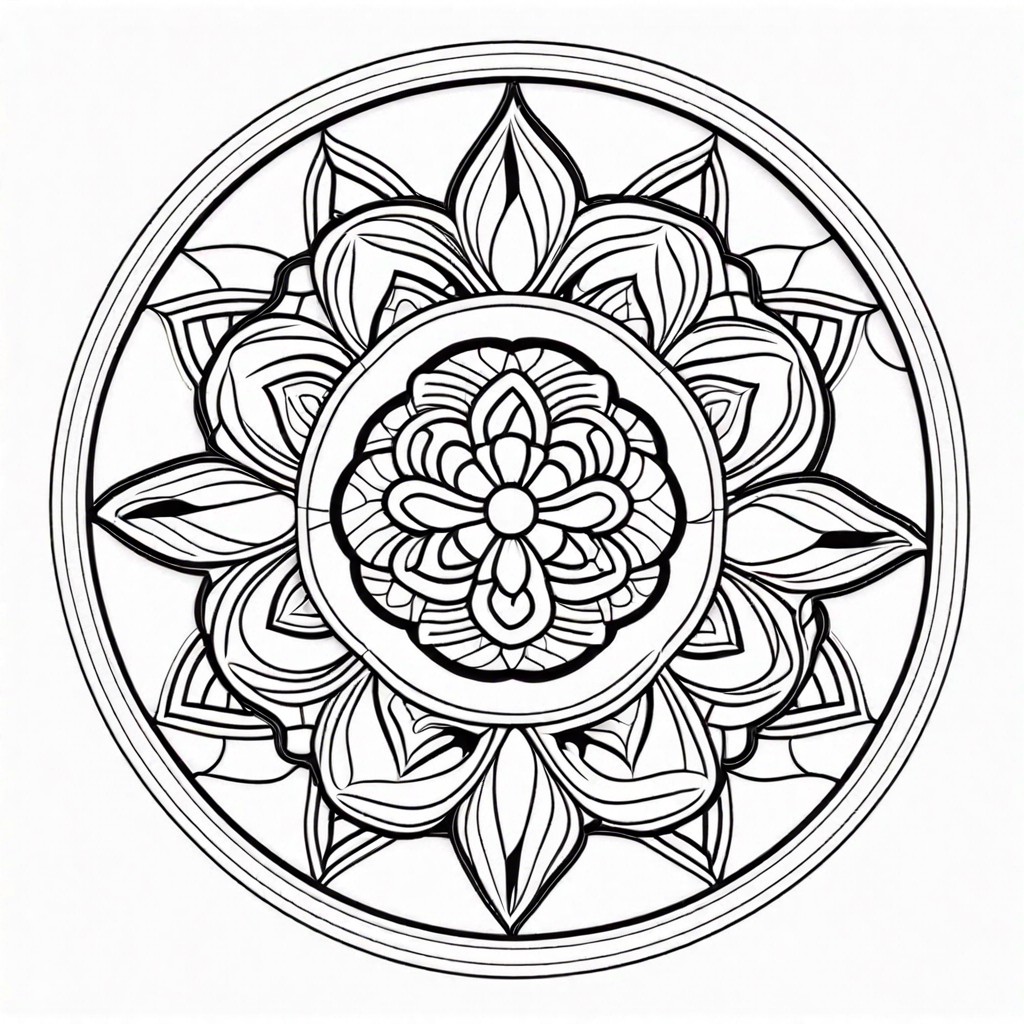
When you reach the end, fear not—it’s just the beginning of a new row. Here’s how to continue without tying yourself in knots.
First, finish your last stitch of the row. Flip your work like a pancake, not a pretzel. Now, the yarn should be on the left if you crochet right-handed, and vice versa.
Depending on your stitch, you’ll need to form a turning chain. This chain ensures a smooth, level transition to the next row. The length of the chain varies based on the stitch you’re using. For single crochet, it’s typically one chain; for double crochet, it’s three.
Once your turning chain is in place, start your new row in the next stitch, not the one directly below the chain. This keeps everything neat and tidy, without unsightly gaps or bumps.
Don’t grip your yarn too tightly. Hand cramps are no fun, and your yarn deserves freedom. Keep it relaxed.
Remember to count your stitches. It’s all too easy to add or lose a stitch when turning, leading to lopsided projects. A crooked scarf might give you character, but maybe not quite this way.
Creating a Row
Chain the number of stitches needed for your project. This initial chain is your starting line. Imagine it like the starting block in a race—no false starts here!
Insert your hook into the second chain from the hook for single crochet, the third for half-double, or the fourth for double crochet. It’s like playing hopscotch with your crochet hook.
Yarn over and pull through. Boom! You’ve got your first stitch on this row. Keep going across the row, stitch-by-stitch, like assembling a LEGO masterpiece.
At the end of the row, it’s time to turn. But don’t just whip around wildly; controlled turns only, please. Ready for the next row? You’ll want to start thinking about your turning chain.
Turning Chain Lengths
The number of chains you need to create at the beginning of a new row depends on the height of the stitches you’ll be using. It’s like the Goldilocks of crocheting—get it just right!
For a single crochet, one chain stitch is enough. Simple and sweet.
When it comes to half double crochet, go for two chain stitches. Just a smidge taller.
Double crochet? You’ll need three chain stitches. Bigger, but not too big.
Tackling treble crochet? Four chain stitches will give you that sky-high reach.
Remember, these turning chains count as the first stitch in your new row. Ignore them at your peril! It’s important to make them snug, but not too tight—it should be “baby bear’s porridge” level perfect.
Tips
Make sure your stitches are consistent. Loosey-goosey stitches can throw off your whole project, while stitches too tight might make you want to throw your project out the window.
When turning your work, hold onto it firmly. It’s like flipping a pancake—hold on tight enough that it doesn’t fall apart but not so tight you can’t flip it smoothly.
If you’re having trouble remembering which row you’re on or which stitch to use, stitch markers can be lifesavers. They’re the breadcrumbs in your crochet Hansel and Gretel journey.
Practice makes perfect! Your first few turns might look like a toddler’s scribble, but keep at it. Soon, you’ll be turning your rows like a pro, and your projects will become masterpieces.
Warnings
Beware the perils of accidental increases or decreases—these sneaky gremlins can sabotage your row count. Count stitches regularly to stay on track.
Yarn tension is key. Turn gently. Yanking too hard can distort your stitches, creating wonky fabric.
Remember the pattern dictates how many chains to add at the beginning of each row. Go rogue and chaos ensues. Patterning is everything!
Lastly, keep an eye on your turning chain stitches. Forgetting them, or mistakenly stitching into them, can result in unintended consequences. Your trusty stitch markers can save the day.

